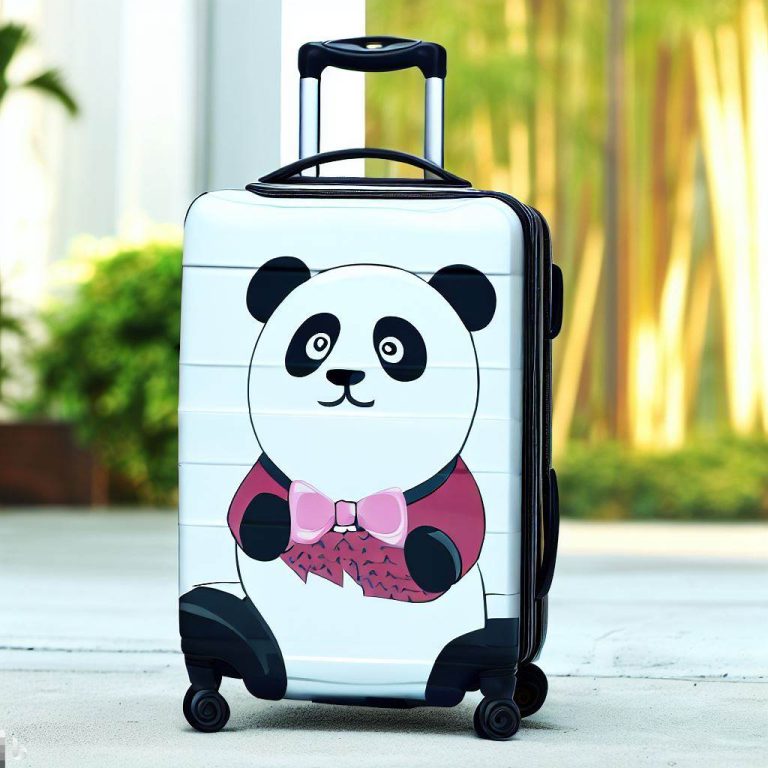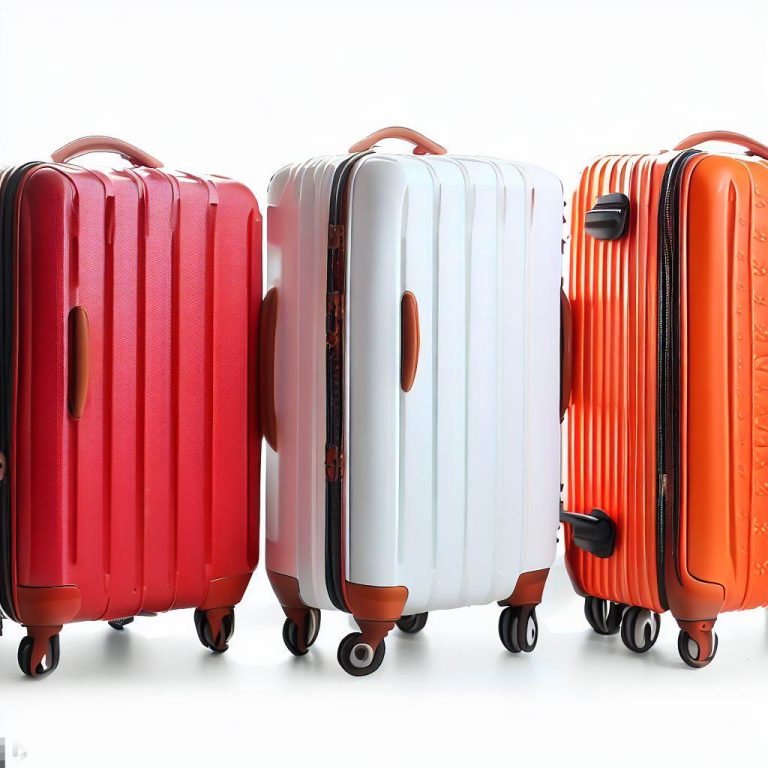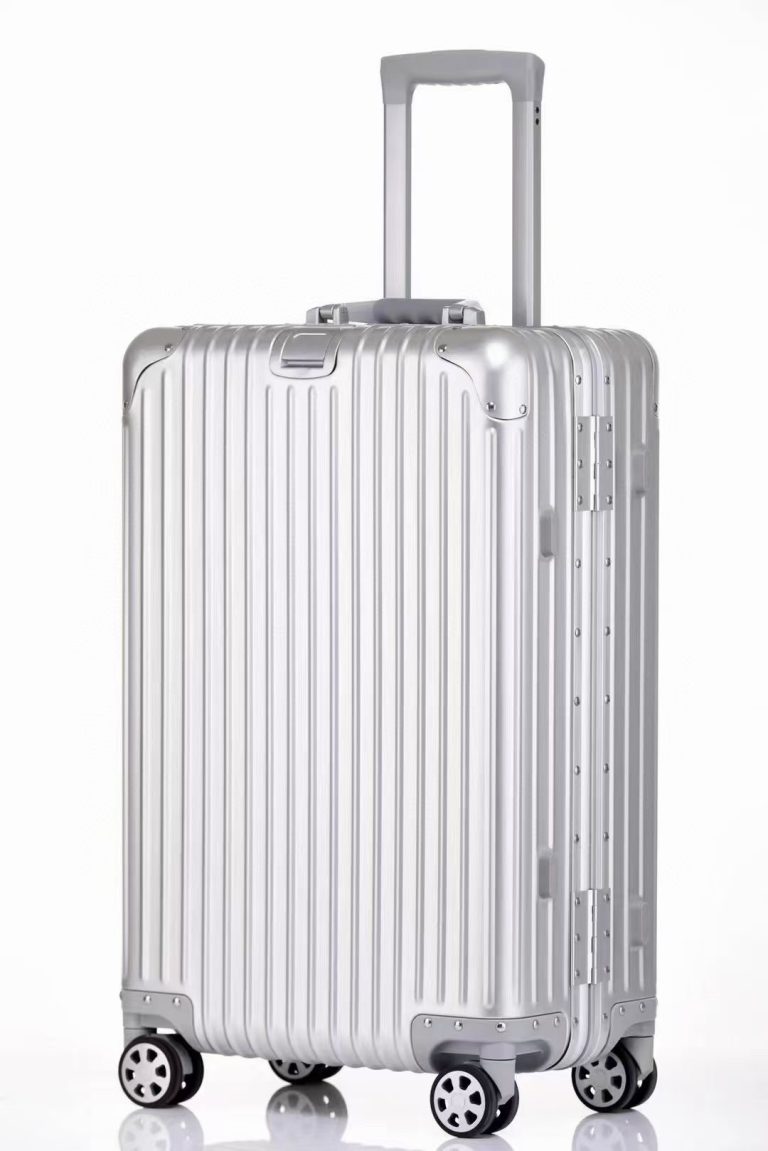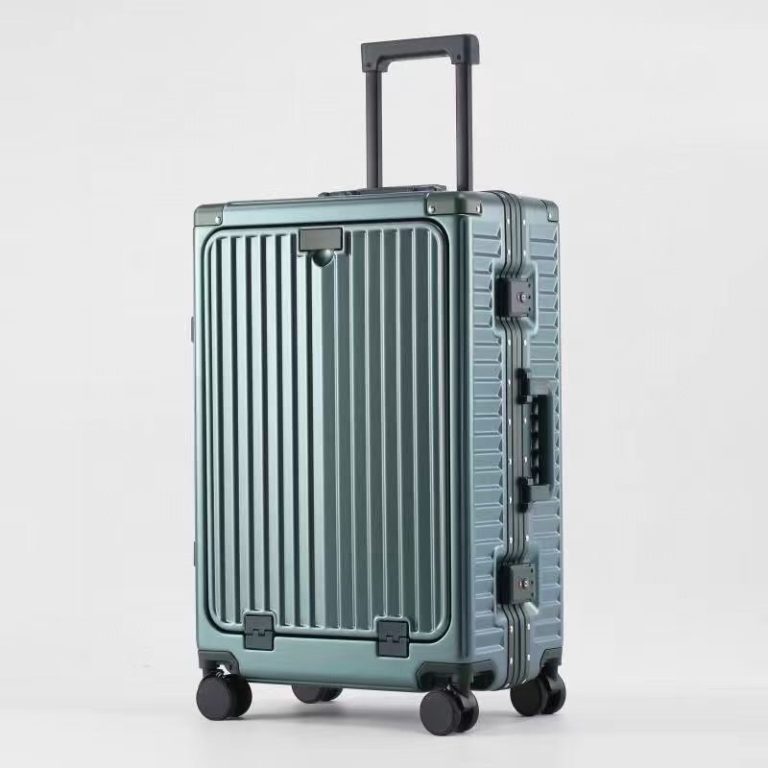The process of manufacturing luggage is a complex one
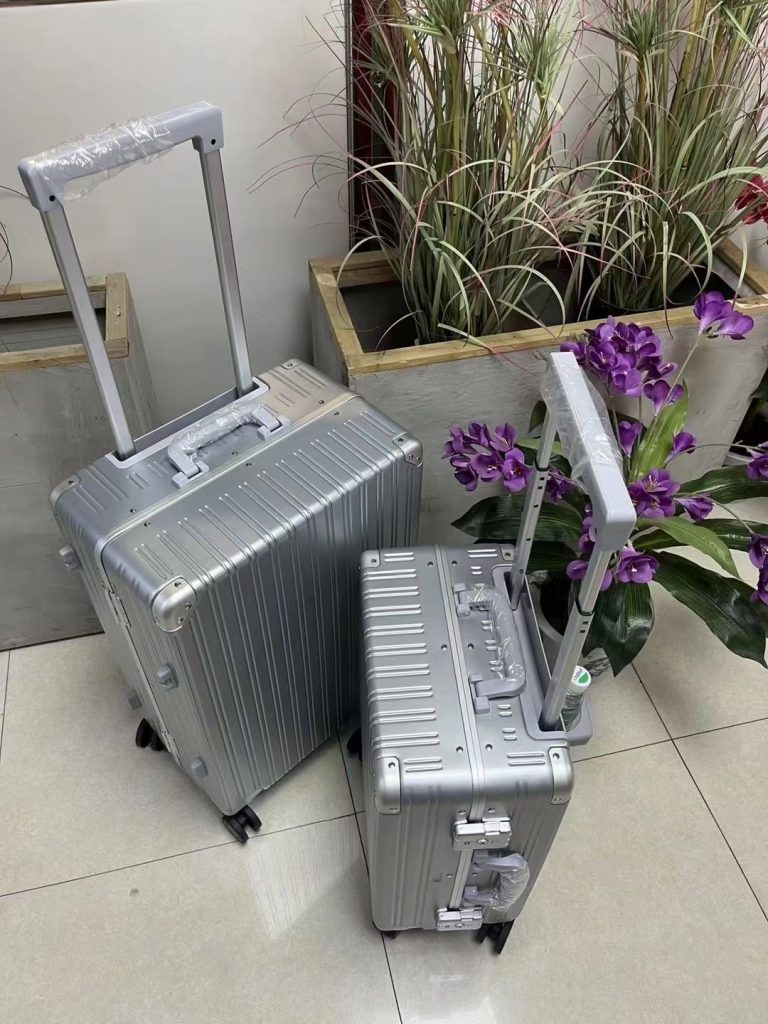 The process of manufacturing luggage is a complex and intricate one. It involves a variety of steps and processes, from the initial design and prototyping to the final assembly and quality control.
The process of manufacturing luggage is a complex and intricate one. It involves a variety of steps and processes, from the initial design and prototyping to the final assembly and quality control.
The first step in the process is the design and prototyping. This involves creating a design for the luggage, which includes the shape, size, and features. The design is then prototyped, which involves creating a physical model of the luggage to test its functionality and durability.
Once the design is finalized, the next step is the production of the components. This involves cutting and shaping the materials, such as leather, fabric, and metal, into the necessary pieces. The components are then assembled into the finished product.
The next step is the quality control process. This involves inspecting the luggage for any defects or flaws. If any are found, they are corrected before the luggage is shipped to the customer.
Finally, the luggage is packaged and shipped to the customer. This ensures that the customer receives a quality product that meets their expectations.
The process of manufacturing luggage is a complex one, but it is necessary to ensure that customers receive a quality product. By following these steps, manufacturers can ensure that their customers are satisfied with their purchase.
- and it is important to ensure that the highest quality standards are met in order to provide travelers with a safe and reliable journey. Quality assurance is an essential part of the luggage manufacturing process
Quality assurance is an integral part of the luggage manufacturing process, as it ensures that the highest standards of safety and reliability are met for travelers. Quality assurance involves a series of steps that must be taken to ensure that the luggage meets the necessary standards. This includes inspecting the materials used in the manufacturing process, testing the strength and durability of the luggage, and ensuring that the design meets the required specifications.
The quality assurance process also involves testing the luggage for any potential defects or flaws. This includes checking for any sharp edges, weak seams, or other potential hazards. Additionally, the luggage must be tested for its ability to withstand wear and tear, as well as its ability to protect the contents inside.
Finally, the quality assurance process also involves ensuring that the luggage meets all applicable safety regulations. This includes ensuring that the luggage meets the necessary fire safety standards, as well as any other applicable regulations.
By following a rigorous quality assurance process, manufacturers can ensure that their luggage meets the highest standards of safety and reliability. This helps to ensure that travelers have a safe and reliable journey, and that their luggage is of the highest quality.
- and this blog post will explore the various steps taken to ensure that the luggage produced is of the highest quality. We will look at the materials used
- the manufacturing process
- and the quality control measures that are in place to ensure that the luggage is safe and reliable. We will also discuss the importance of customer feedback and how it can help to improve the quality of the luggage produced. Finally

